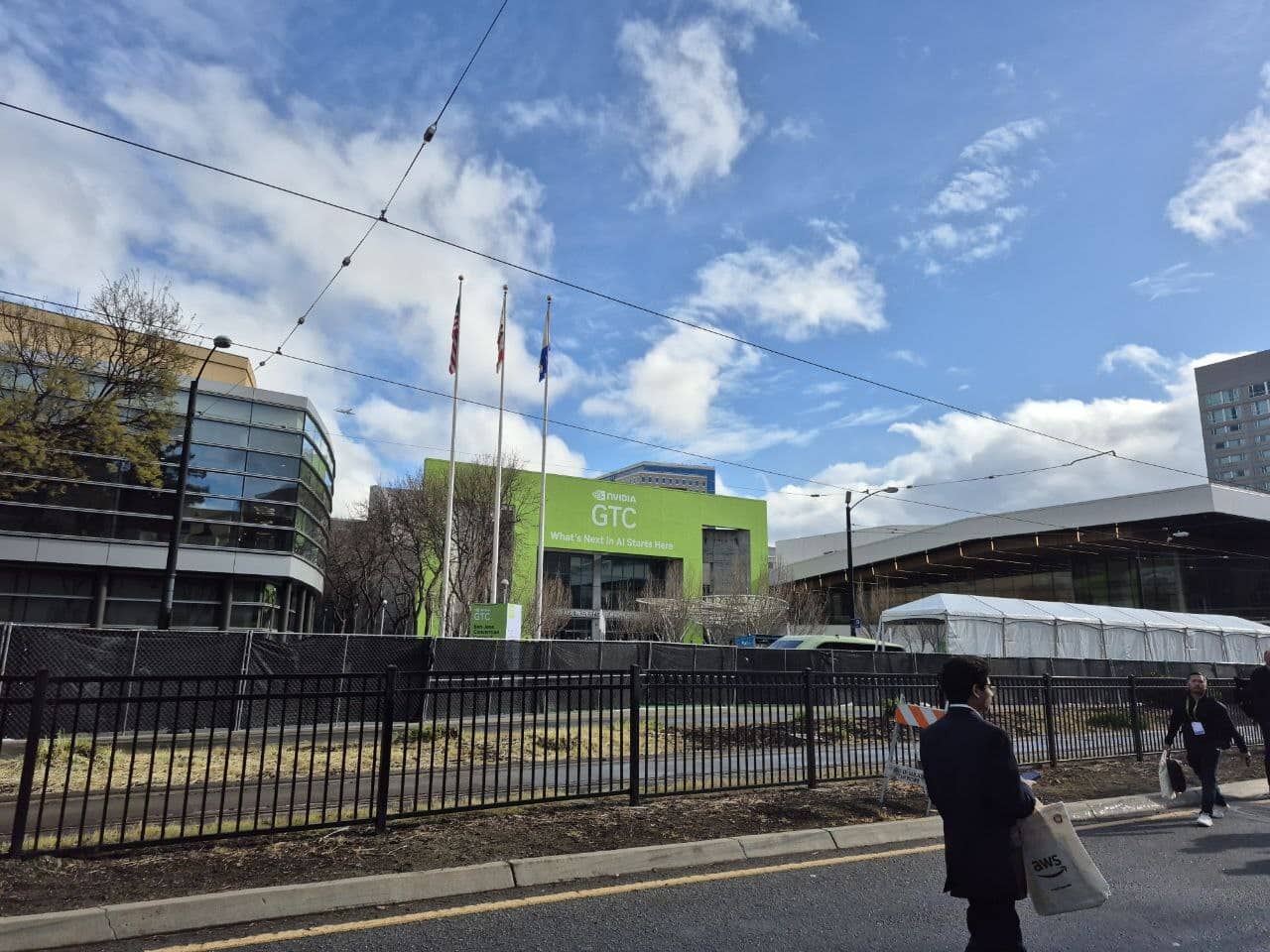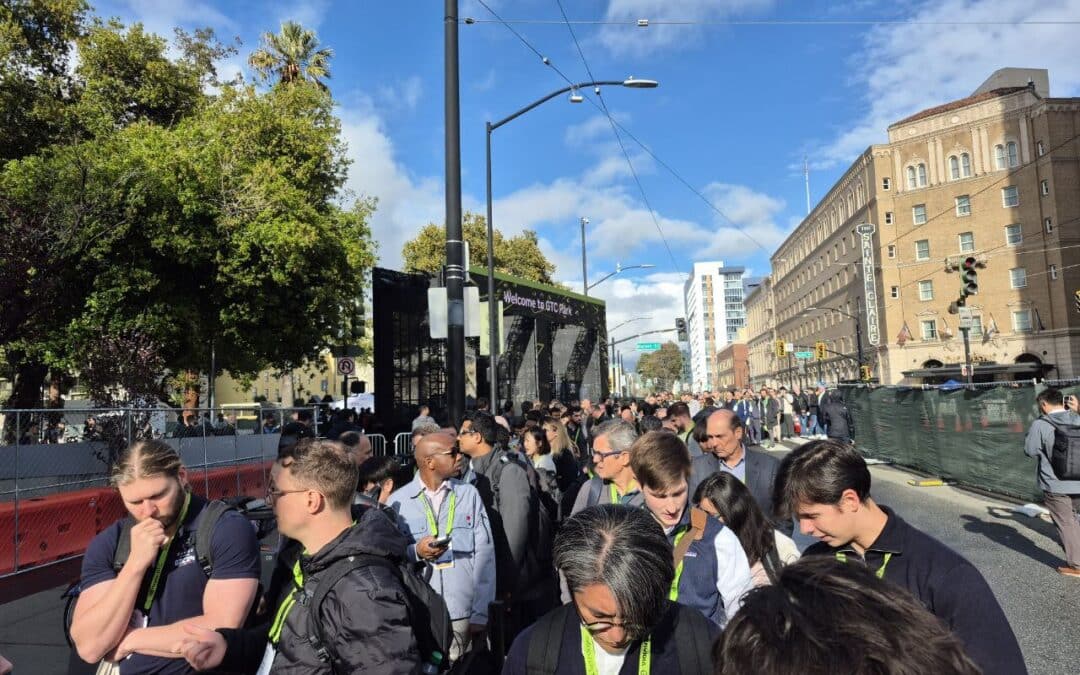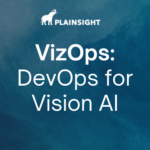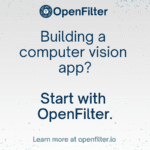The GPU Technology Conference (GTC) by NVIDIA has long been a pivotal space for AI developers, tech enthusiasts, and solutions engineers to explore cutting-edge advancements in artificial intelligence, computer vision, and high-performance computing.
The 2025 GTC event took place March 17-21 in San Jose, California. The core themes revolved around agents, physical simulations, and the groundbreaking intersection of AI with enterprise applications. This blog dives deep into the key announcements, innovations, and insights shared during the event to showcase how NVIDIA is shaping the AI ecosystem.
Key Announcements from NVIDIA at GTC 2025
1. Foundation Models for Physical AI
One of the most impressive announcements was the introduction of world foundation models for Physical AI applications. Designed specifically for industries like manufacturing and logistics, these models aim to streamline operations in environments that require large-scale design spaces. NVIDIA enhanced its Omniverse ecosystem to support these advancements, which allow for the creation and management of robots in controlled but complex physical environments.
What does this mean for enterprises?
These models facilitate data synthesis where real-world data is scarce, enabling businesses to:
- Simulate complex conditions that would otherwise be impossible to observe directly.
- Enhance organizational data-gathering capabilities with AI-driven imputation.
- Develop robotic systems that are more adaptive and capable of handling industrial-scale operations.
Such tools could be a game-changer for organizations looking to automate processes or build “smart” operational frameworks.
2. VSS (Video Search and Summarization)
Real-time video understanding stole the show as agents were declared the “hottest topic” at the conference. NVIDIA’s VSS (Video Search and Summarization) is an “AI blueprint” that helps you build video analytics AI agents that let industrial operators communicate with their infrastructure through search and summarization of live or archived video sensor data.
This innovation has immediate applications in logistics, city surveillance, traffic management, and warehouse operations. For example, detecting anomalies such as obstructions on a warehouse floor not only saved time but also optimized safety and efficiency within demo environments.
3. The Rise of AI Agents
Agents were a dominant theme throughout GTC, showcasing their versatility across various sectors. From customer service bots to autonomous robots in industrial setups, NVIDIA’s agent-oriented demos demonstrated the potential to integrate AI into real-time decision-making systems.
These “endemic agent strategies” enable businesses to automate everything from video summarization to real-time operational monitoring. Companies focused on scaling efficiency and boosting productivity should pay close attention to NVIDIA’s tools for developing these agents.

Technologies Making Waves at GTC
While the presentations highlighted several technologies, a few stood out due to their impact and significance:
1. NVIDIA LLaMa Nemotron
LLaMa Nemotron allows organizations to use vision language models (VLMs) and NVIDIA NIM microservices for video search and summarization. Developers can build agents that analyze and respond to images and video from autonomous machines, hospitals, stores, and warehouses, as well as sports events, movies, and news.
2. NVIDIA Omniverse
The Omniverse has evolved into the backbone for simulating complex systems, particularly for physical AI applications. It offers enterprises the ability to:
- Build and test highly detailed robotic models
- Run large-scale simulations of complex environments and create digital twins with OpenUSD
- Perform sim2real transfer for complex environments like logistics warehouses or assembly lines
Challenges and Critiques of the Current Landscape
While NVIDIA demonstrated unparalleled scaling capabilities across hardware and software, notable concerns were raised:
- Industry Monopolization: GTC highlighted the growing reliance of AI applications on NVIDIA GPUs. For businesses, this raises questions about cost implications and the lack of viable hardware alternatives, though permissive licensing for some models (e.g., Nemotron) and the pervasion of open-source quantization and pruning methods raise the possibility of lowering foundation models onto heterogeneous hardware
- Reliance on Proprietary Solutions: Even with groundbreaking platforms like NeMo and CUDA stacks, some developers and industry leaders expressed a need for more open ecosystems. This shift would allow businesses to reduce dependency on proprietary systems and maintain cost-effective operations.
Despite these critiques, NVIDIA continues to position itself as the leader in providing scalable AI solutions, making strides in areas as diverse as robotics, data analysis, and digital twin simulations.
Why Physical AI and Simulations Were the Stars of 2025 GTC
The focus on agents and physical simulations signals a clear shift in NVIDIA’s priorities toward industrial and real-world applications. Key takeaways for attendees included:
- Scaling Simulations for Specialized Use Cases: From robotics to classical mechanics, increasing focus on simulations is helping businesses preempt challenges and improve output quality.
- AI’s Role in Solving Operational Complexities: Visionary applications like anomaly detection in video systems prove that AI-driven simulations are not just theoretical concepts but real-time solutions for everyday business needs.
What’s Next for Enterprise AI?
Themes emerging from the NVIDIA GTC underline a major shift in how industries approach AI:
- Artificial Agents and Simulations will become the foundational building blocks for enterprise-level innovation in fields as varied as manufacturing and smart cities.
- Simplified AI Integration: Advances in containerized AI tools by NVIDIA signal a future where deploying cutting-edge AI solutions becomes simpler and more accessible, even for smaller organizations.
- Qualitative Analytics: Organizations without endemic data science prefer managing offline data archives with multimodal retrieval and other forms of subjective learning and search rather than supervising computer vision systems for extracting domain-specific quantitative insights.
AI isn’t just about the future anymore. It’s about making smarter, faster, and more scalable decisions right now. For more up-to-date AI information, subscribe to our weekly newsletter on LinkedIn!




